Drone PCBAs: Tackling Sensor Integration for Defense & Beyond
Drone manufacturers are increasingly relying on sophisticated sensors to collect real-time data for applications in defense, agriculture, construction, and more. These sensors play a critical role in enabling features like autonomous navigation, obstacle avoidance, and precision data collection. However, integrating these sensors into a drone's printed circuit board assembly (PCBA) presents significant challenges for PCBA designers and manufacturers.

This article dives into the specific challenges of sensor integration for drone PCBAs, outlining the technical hurdles that must be overcome to ensure reliable and high-performance functionality, including information on battery endurance, communication between sensors and the flight controller, and the need to analyze and interpret vast amounts of sensor data while also keeping it secure.
We will also provide valuable design tips and best practices to help PCBA designers meet these challenges and deliver robust drone PCBAs.
By understanding these challenges and best practices, the reader can position themselves as valuable partners to the drone industry, ensuring successful integration of critical sensor technologies. However, creating robust drone PCBAs goes beyond individual expertise. It requires a collaborative approach between designer, PCB fabricator, and the final assembly location.
Different Sensor Technologies Used by Drones
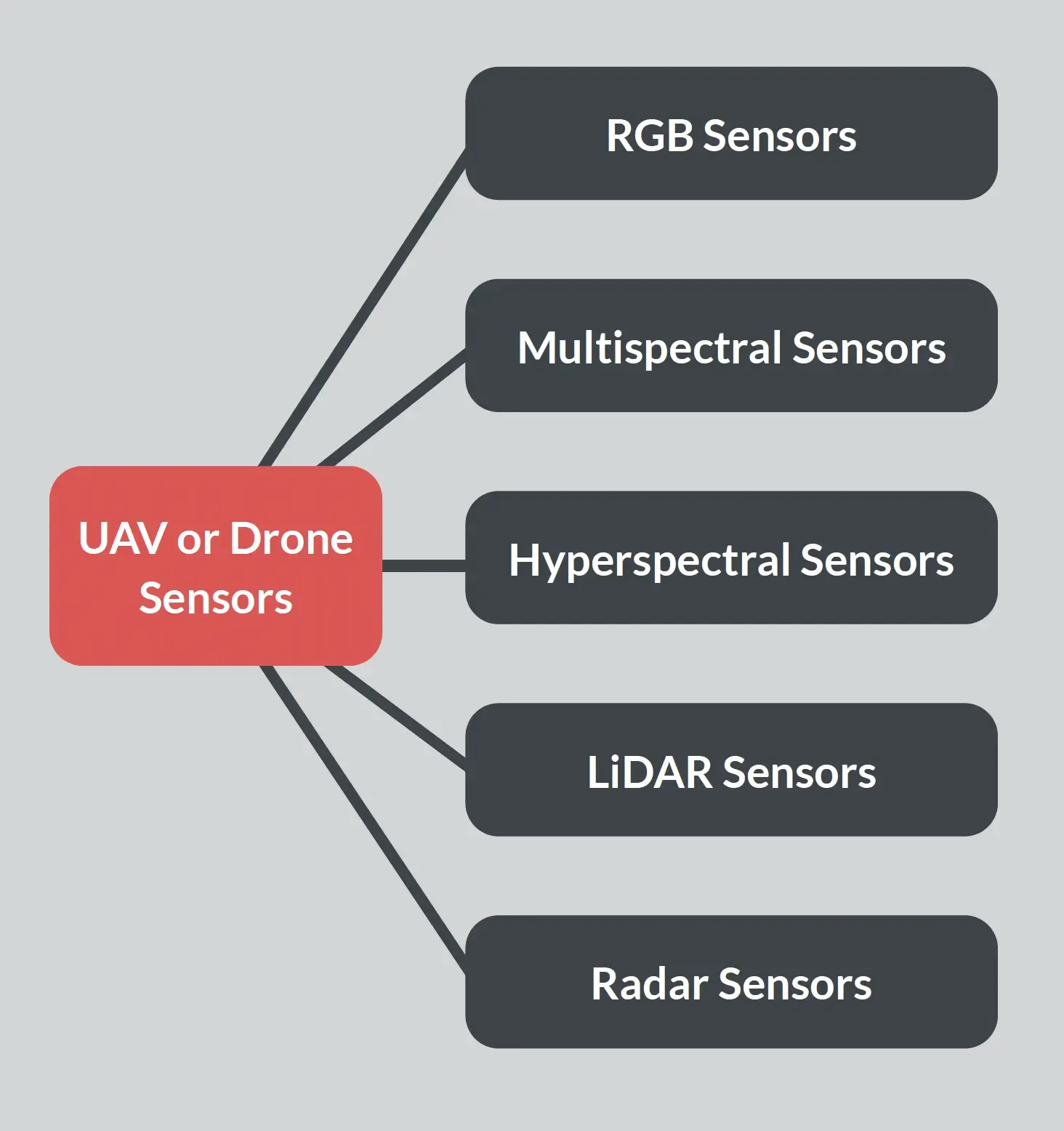
The commercial drone industry has soared in popularity, with leading companies recognizing their potential for efficient delivery. A prime example is Amazon's "Prime Air" initiative, which aims to deliver packages weighing up to five pounds within a remarkable 30-minute window and across a ten-mile radius. This innovative service signifies the transformative power of drones in the logistics sector.
Similarly, DHL has taken the plunge with its "Parcelcopter" program, demonstrating the viability of drone-based medical deliveries. These real-world applications showcase the exciting possibilities that drones offer for revolutionizing various delivery methods.
To cater to the growing pool of use cases, different sensor technologies are employed to make drones fit for purpose. The table below provides a summative view of common sensors used in drones.
| Sensor Technology | Features | Disadvantages |
|---|---|---|
| Red-Green-Blue (RGB) cameras or visible light sensors |
|
|
| Multispectral cameras |
|
|
| Hyperspectral cameras |
|
|
| Thermal cameras |
|
|
| LiDAR (Light Imaging, Detection and Ranging) |
|
|
| Radar sensors (e.g Millimeter-wave (mmWave) radar, Pulse-Doppler radar, etc) |
|
|
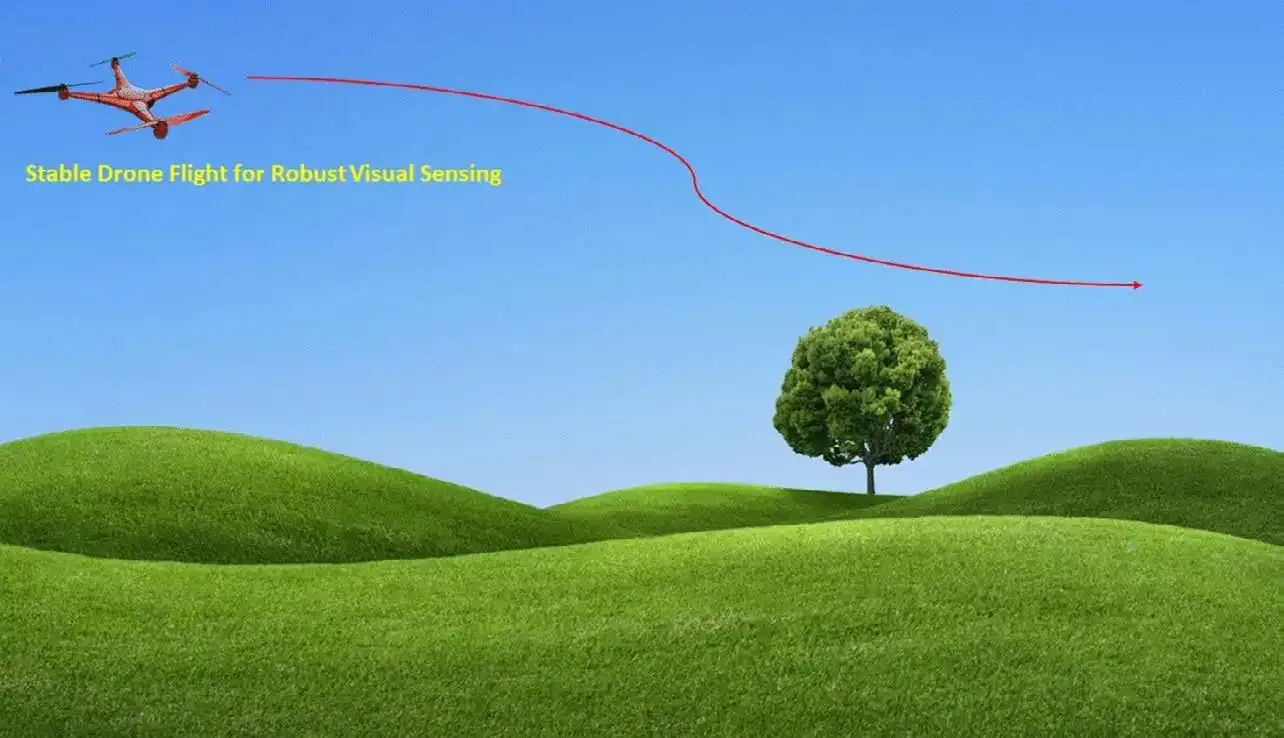
Stable flight and powerful onboard analytics are essential for a drone to effectively collect data, especially in harsh weather. These capabilities ensure timely adjustments (actuations) based on sensor readings.
To achieve this, drones utilize a comprehensive suite of navigational sensors. This includes a Global Positioning System (GPS) for pinpoint location, a gyroscope that maintains orientation, infrared sensors for low-light visibility, and barometers that measure altitude. Working together, these sensors and others equip the drone with the necessary awareness to excel in data collection missions.
PCBA Challenges of Sensor Integration
The miniaturization trend in drones crams ever-increasing functionality and processing power into a shrinking footprint. This translates to exciting benefits for users, with faster and more compact drones becoming the norm. However, this miniaturization presents significant challenges for designers. They must now create compact, high-speed PCBA designs that can handle the demands of these powerful drones.
Checkpoint
Drones are integral to military operations globally, especially in high-risk environments where manned flight is impractical.
First, designing a compact sensor subsystem on a drone's printed circuit board assembly can make routing and maintaining signal quality harder. The compact size makes separating analog, digital, and mixed-signal sections difficult. This tight packing also leads to closely spaced traces and pads, increasing the risk of crosstalk and inefficiencies in routing the signals.
For PCBA manufacturers, the challenges extend beyond component placement. The smaller via diameters in compact designs make via coating a more delicate process. Inspecting these tightly packed PCBs for potential issues becomes more difficult as well.
The trend towards advanced sensors also introduces challenges related to data speed. As drone sensing capabilities become more sophisticated, the data rates they generate increase. So, the sensor circuits on the drone PCBA must support high-speed operations. This leads to PCB traces acting more like transmission lines, with increased coupling, ringing, and electromagnetic interference (EMI) emissions.
Another hurdle associated with advanced sensor integration is the formation of unintended thermocouple junctions. Adding more components into a smaller space increases the chances of these junctions forming. These thermocouple junctions create thermoelectric currents that cause errors in small voltage readings.
Finally, the inherent difference between analog sensors and digital flight controllers presents a design hurdle. An Analog-to-Digital Converter (ADC) is necessary to transform analog sensor data into a digital format suitable for the flight controller. Improper PCBA design, such as omitting an anti-aliasing filter between the sensor and the ADC, can result in sampling errors.
Solutions and Best Practices
Here are some design tips and techniques to consider as suggestions. They provide a good starting point for designing and laying out the sensor subsection on the drone PCBA.
Design Tips to Maintain Signal Integrity
- Do not blindly rely on an autorouter tool. They struggle with complex designs. Their results often seem careless. They can also cause issues like broken bus routing, long traces, and awkward corners or stubs. For critical parts of the design, choose manual routing. Or, use auto-interactive routing.
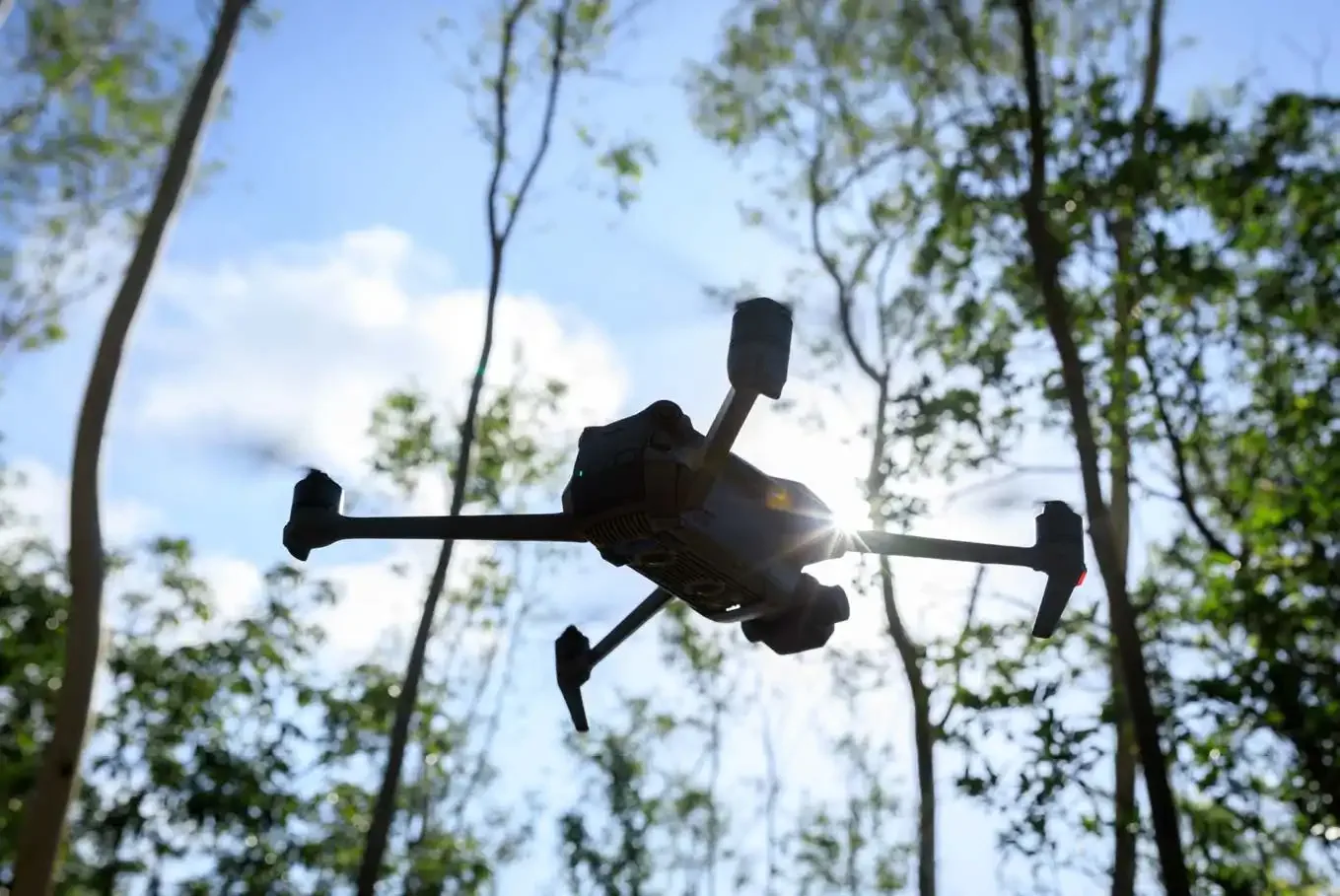
Always place high-speed sensors closer to the connector or power source. This minimizes signal degradation due to impedance mismatches and minimizes noise pickup.
Always separate the sensor components into digital, analog, and mixed signal sections. Place pure analog components far from digital ones. This step prevents switching noise from affecting the analog signal path.
Avoid breaks in the ground path or return path. Maintain a continuous and unbroken ground plane to ensure proper signal referencing and minimize noise coupling.
Use bypass capacitors effectively. Place the bypass capacitor as close as possible to the high-speed sensor IC. For sensor ICs requiring more than one bypass capacitor, arrange them ascendingly.
Keep signal traces short and direct. The shorter the trace length, the less signal degradation occurs due to factors like resistance and capacitance.
Always attach an anti-aliasing filter to the input of the ADC. This will reduce sampling errors.
Learn more about combatting signal integrity in drone printed circuit boards now.
Design Tips to Prevent Large Thermoelectric Voltages
- Reduce heat dissipation using sensor components that dissipate less heat.
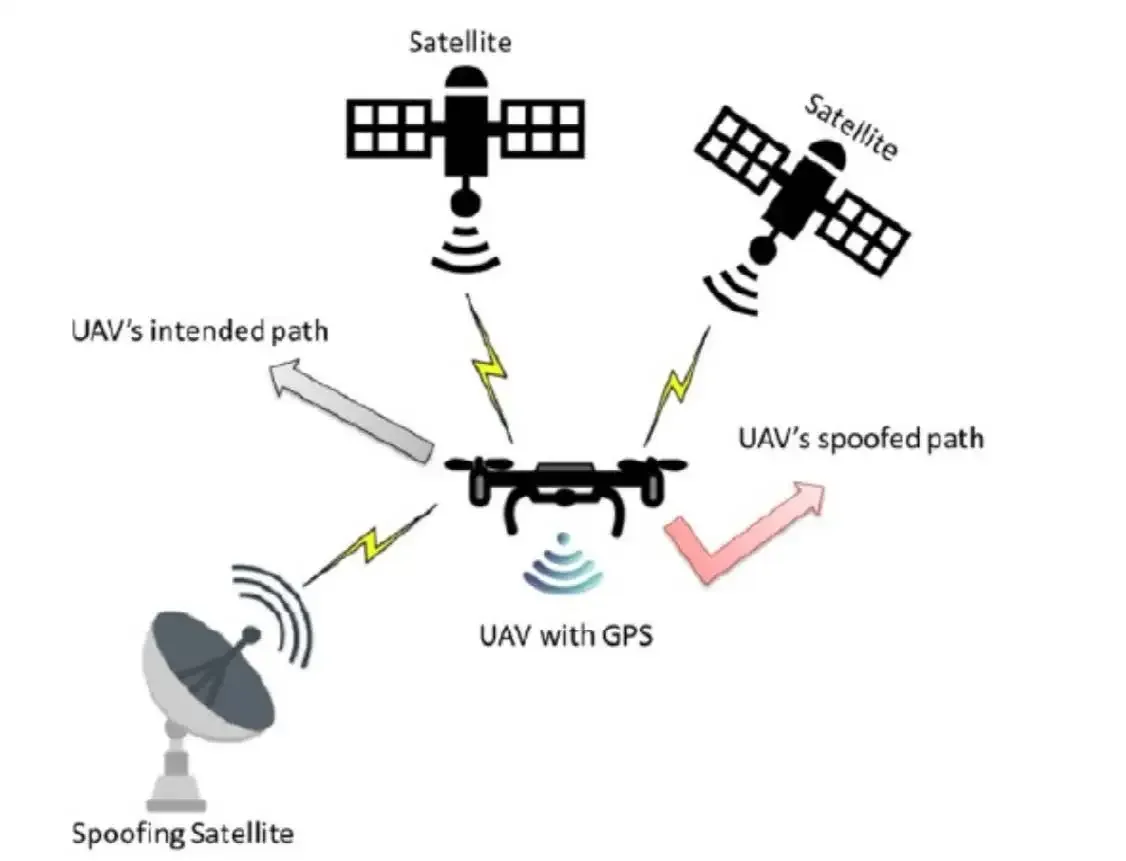
- Redirect heat flow by adding heat sinks to heat-generating sensors.
- Reduce air or convection currents near critical sensors by enclosing them or using conformal coating.
- Keep sensors that dissipate a lot of heat away from critical areas of the PCBA.
- When placing sensitive sensors, put them so that their current follows the temperature contours.
- Cancel the thermoelectric voltages where possible.
Sensor Data Security in Drone PCBAs
Drones are integral to military operations globally, especially in high-risk environments where manned flight is impractical. These drones support precision airstrikes, monitor enemy movements, and help identify targets for military operations. They provide troops with continuous aerial surveillance.
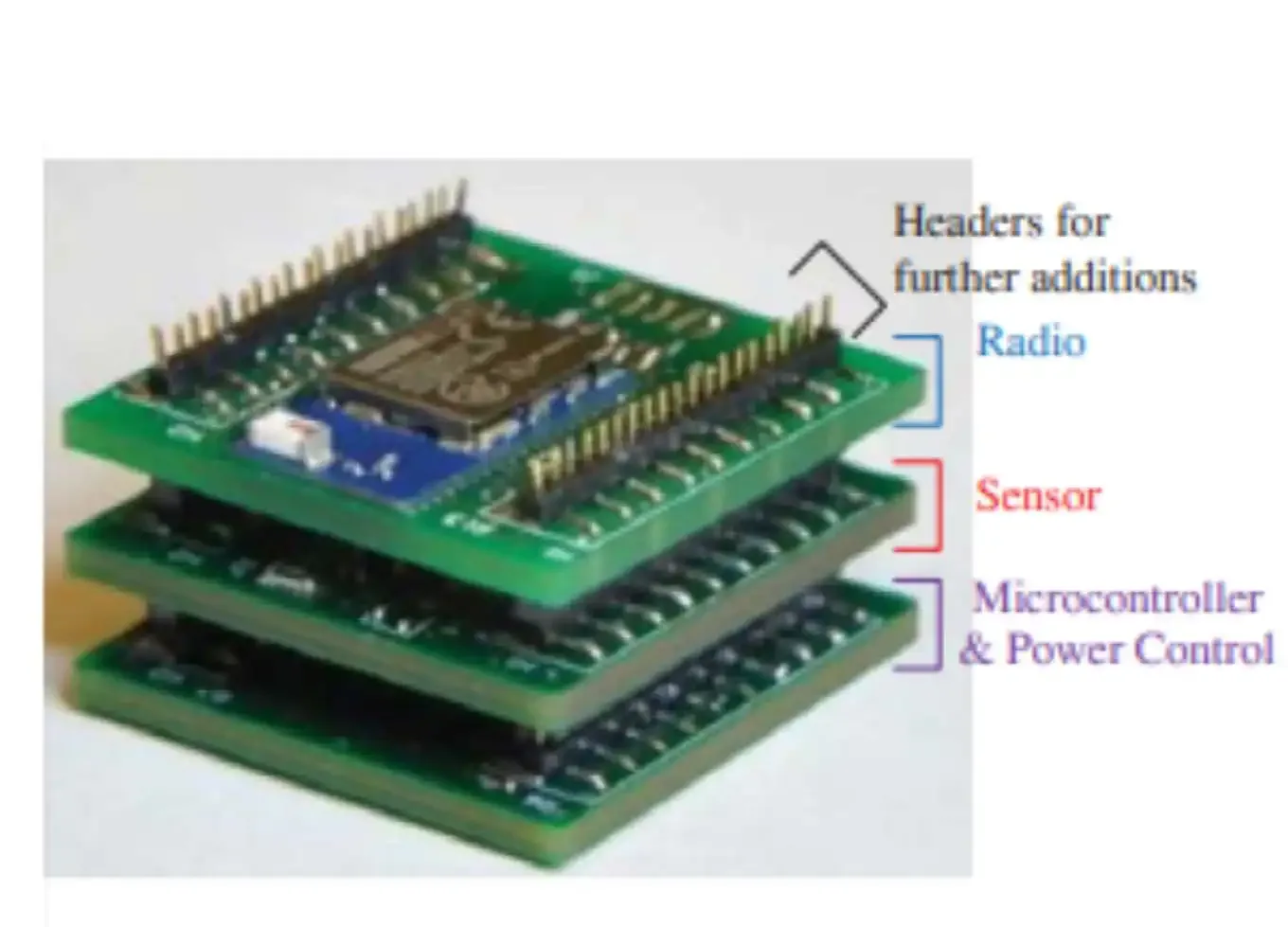
The drones' sensors collect and send sensitive data. A hijacked military drone could be turned into a weapon. It might target other drones with collision attacks or disrupt friendly operations. This poses a serious threat to mission safety and aerial security.
This review paper explores potential security threats to drones. They include jamming signals, faking sensor data, flooding to overwhelm communication, and hijacking the drone’s control systems.
Addressing these security challenges is hard due to drones' limited computing power and strict power budgets. These limits restrict the use of strong cryptographic protections.
Nonetheless, military drones are generally more secure than commercial drones because they tend to have enhanced computing capabilities and larger power supplies, allowing for more sophisticated security measures.
Read about mil-spec standards in PCB assemblies now.
Power Management Challenges
Effective power management is essential for drones to operate efficiently without frequent recharges or battery replacements, especially when using sensors continuously. However, power efficiency is a challenge due to the small size and limited capacity of drone batteries.
The goal then, is to extend drone operation times without increasing the frequency of battery changes or recharges. The first step to a comprehensive solution is the design of the hardware, which involves reducing the power consumption of the components used.
For instance, since most sensors operate in a duty-cycled manner—active only briefly and idle for longer periods—it's beneficial to select integrated circuit (IC) controllers that consume minimal power during idle times. Microcontrollers typically offer various sleep modes; studying and optimizing these for your design can lead to significant power savings.
Secondly, drones need to share the data collected by their sensors with the ground control station or other devices. Unfortunately, communication tasks can consume significant power. To reduce the impact, always opt for low-power communication protocols, such as Bluetooth Low Energy over Bluetooth Classic, or Wi-Fi HaLow over older WiFi standards.
Another approach is to incorporate energy harvesting. Energy harvesting allows drones to tap into ambient sources like sunlight, vibrations, or radio waves to supplement battery power. For example, equipping drones with solar panels allows them to convert sunlight into electricity, extending flight times, particularly for missions during daylight hours. Using piezoelectric materials, designers can harvest vibrations from drone propellers and convert them into electricity to trickle charge the battery.
Finally, consider implementing system-level power management techniques designed to reduce overall power consumption. This comes in many forms. Dynamic Power Management (DPM) dynamically adjusts the power consumption of components based on real-time requirements. For example, a processor can be clocked down during less demanding tasks. Power gating techniques can shut down power to unused circuit portions, reducing current leakage.
In contrast, power scaling modifies operating voltages and frequencies to meet processing requirements, and power matching optimizes the impedance between a power source and a load to maximize power transfer efficiency.
By implementing these strategies in a comprehensive manner, drone operators can significantly extend flight times, reduce environmental impact by minimizing battery waste, and achieve more efficient drone operations.
Data Processing in Drone Operations
Drones, while incredibly versatile aerial platforms, have limited onboard processing capabilities. This is a critical trade-off, as onboard processing power competes with battery life essential for flight time. To maximize flight duration and efficiency, the bulk of data processing typically happens after the drone lands. Here's a breakdown of the two main options for handling the sensor data collected during a mission:
SD Card Storage
- Straightforward and Independent: Storing data on an SD card is a simple and established method. It allows the drone to capture large amounts of data without relying on a network connection. This makes it suitable for remote areas or applications where consistent connectivity is a concern.
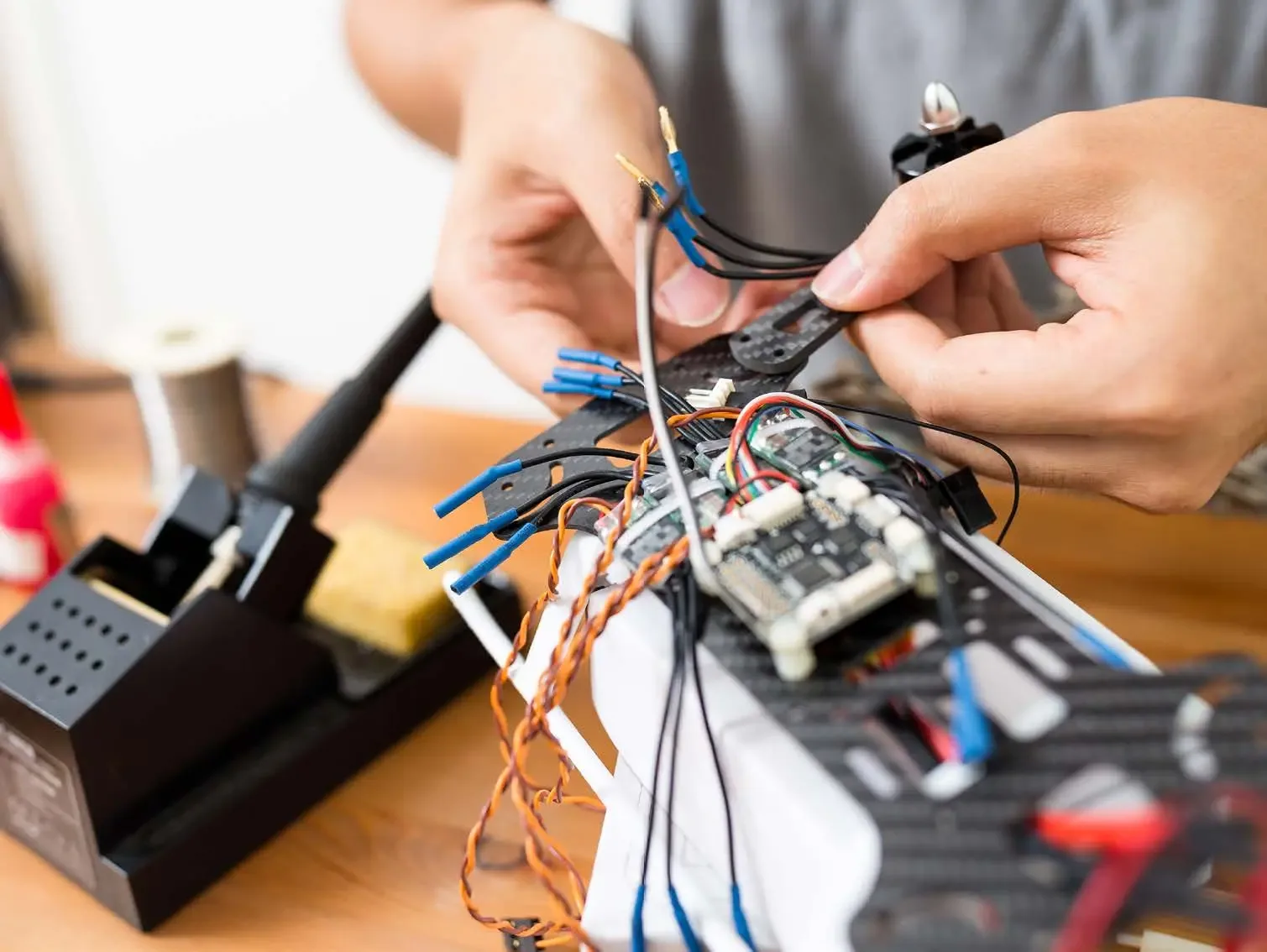
- Capacity and Security Considerations: SD cards have finite storage capacities, which can be a drawback for extended missions. Choosing the right card size depends on such factors as image resolution, video recording frame rate, and total mission duration. Additionally, SD cards are susceptible to physical damage and data corruption. Implementing best practices like using high-quality cards from reputable brands and regularly backing up data can mitigate these risks.
- Transfer Considerations: Transferring large datasets from the SD card to a computer for processing can be time-consuming, especially for high-resolution imagery or extensive video recordings.
Cloud-Based Processing
- Real-Time Analysis and Scalability: Offloading data to a cloud server enables real-time data processing. This eliminates the physical limitations of onboard storage and allows for on-demand access to superior processing power for complex tasks. This is ideal for applications requiring quick analysis and immediate decision-making based on the collected data, such as infrastructure inspection or search and rescue operations. Cloud-based processing can also scale to handle massive datasets efficiently.
- Network Reliance and Cost Factors: However, cloud-based processing hinges on a reliable and high-speed internet connection throughout the mission. This can be a limitation in remote areas. Additionally, data transfer costs can accumulate quickly, especially for large datasets or applications requiring significant processing power. Security is another consideration, as sensitive data will be transmitted and stored in the cloud. Choosing a reputable cloud service provider with robust security measures is crucial.
Choosing the Right Method
The optimal approach depends on the specific needs of the drone operation. Here are some key factors to consider:
Mission Criticality and Time Sensitivity: For missions requiring immediate data analysis and action, cloud-based processing might be the better choice.
Data Volume and Processing Needs: For missions capturing large datasets or requiring complex analysis, cloud processing can offer superior scalability and processing power.
Network Availability and Costs: If operating in remote locations with limited connectivity, SD card storage might be the more reliable option. Consider data transfer costs when evaluating cloud-based processing.
Data Security Requirements: The sensitivity of the collected data should influence the choice. Cloud service providers with robust security protocols are essential for handling sensitive information.
By carefully considering these factors, drone operators can select the most appropriate data processing method for their specific needs, ensuring efficient data collection, analysis, and mission success.
Drones: Powerful Tools with Sensor Integration Challenges
Drones have become invaluable tools across various industries, acting as "eyes in the sky" for tasks like precision agriculture, military operations, and construction. They contribute to increased efficiency, safety, and precision in these fields.
However, integrating the sophisticated sensors that power these capabilities into a drone's PCBA presents significant design challenges. This article explored these challenges, focusing on factors such as maintaining signal integrity, managing heat dissipation, and optimizing power consumption for continuous sensor use. We also provided practical design tips and best practices to help overcome these hurdles.
Collaboration is Key to Success
Building robust drone PCBAs goes beyond individual expertise. Successful development hinges on a collaborative approach that fosters clear communication among all stakeholders – sensor component suppliers, PCBA designers, and manufacturers alike. By working together effectively, these teams can ensure seamless integration of critical sensor technologies for next-generation drones.
Related Topics
How to Shorten PCBA Production Lead Times with MacroFab
In the rapidly evolving electronics sector, extended production lead times are no longer tolerable, and minimizing these lead times is crucial for success.
From Garage to Growth: How Startups Scale with MacroFab
Scale your hardware startup smarter with MacroFab—prototype to production, U.S. manufacturing, instant quoting, and expert support every step.
How Drones are Transforming Offshore Wind Turbine Inspections
Maintaining Turbines, often located miles out at sea, can present some challenges. Drone technology can offer a solution for offshore turbine inspections.
Let MacroFab Help You with Your Next PCBA
Get an Instant Quote NowAbout MacroFab
MacroFab offers comprehensive manufacturing solutions, from your smallest prototyping orders to your largest production needs. Our factory network locations are strategically located across North America, ensuring that we have the flexibility to provide capacity when and where you need it most.
Experience the future of EMS manufacturing with our state-of-the-art technology platform and cutting-edge digital supply chain solutions. At MacroFab, we ensure that your electronics are produced faster, more efficiently, and with fewer logistic problems than ever before.
Take advantage of AI-enabled sourcing opportunities and employ expert teams who are connected through a user-friendly technology platform. Discover how streamlined electronics manufacturing can benefit your business by contacting us today.